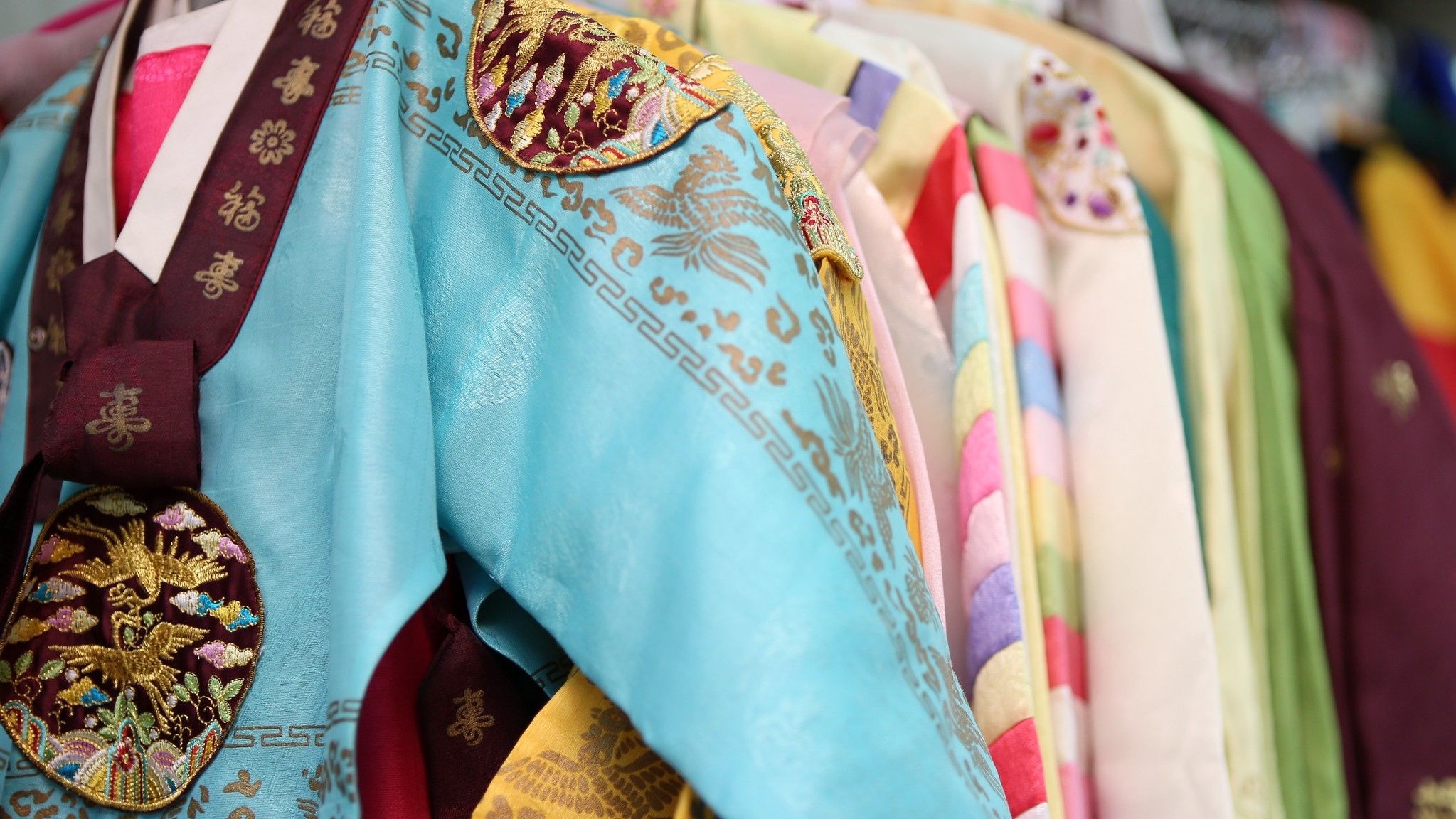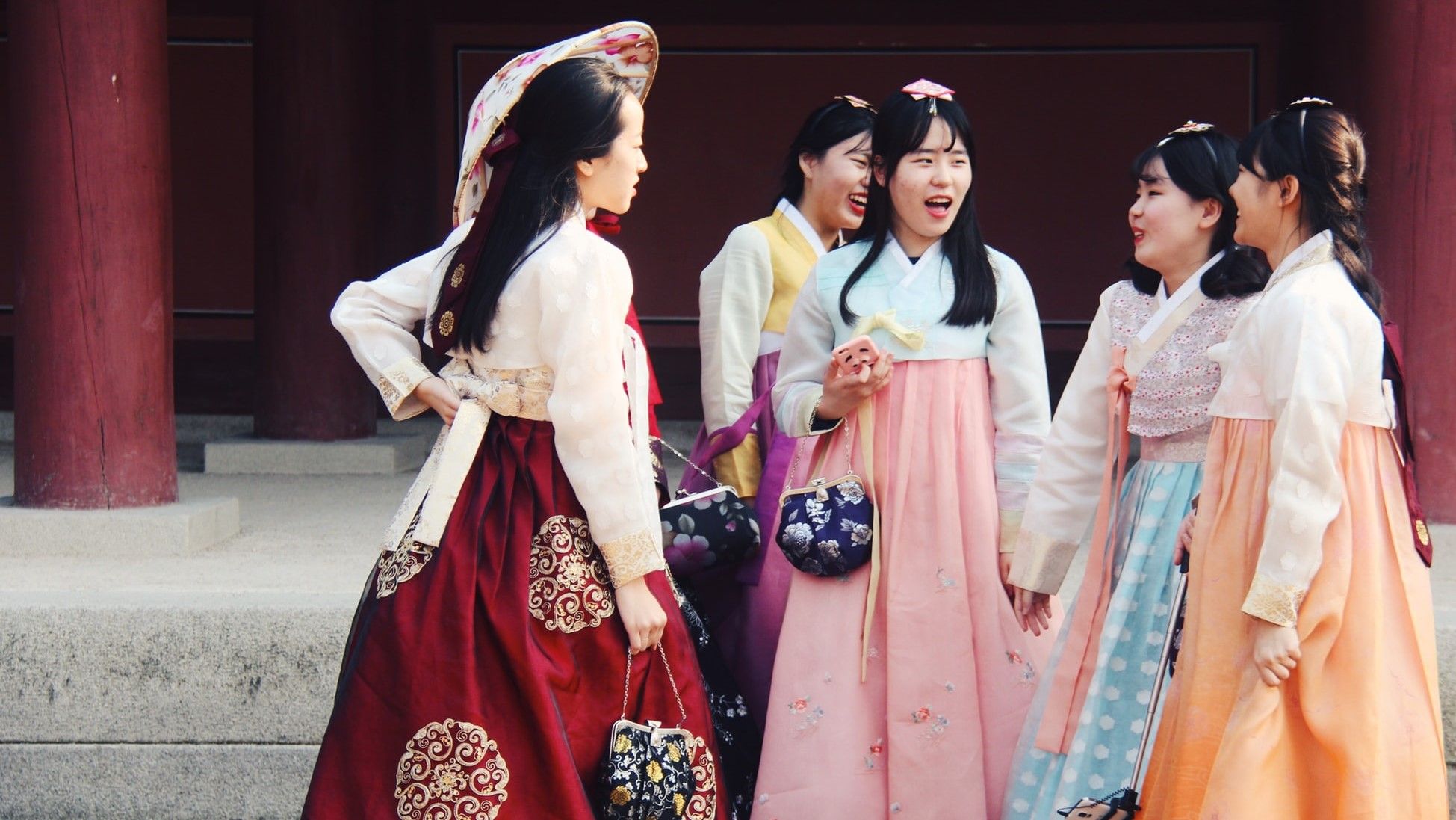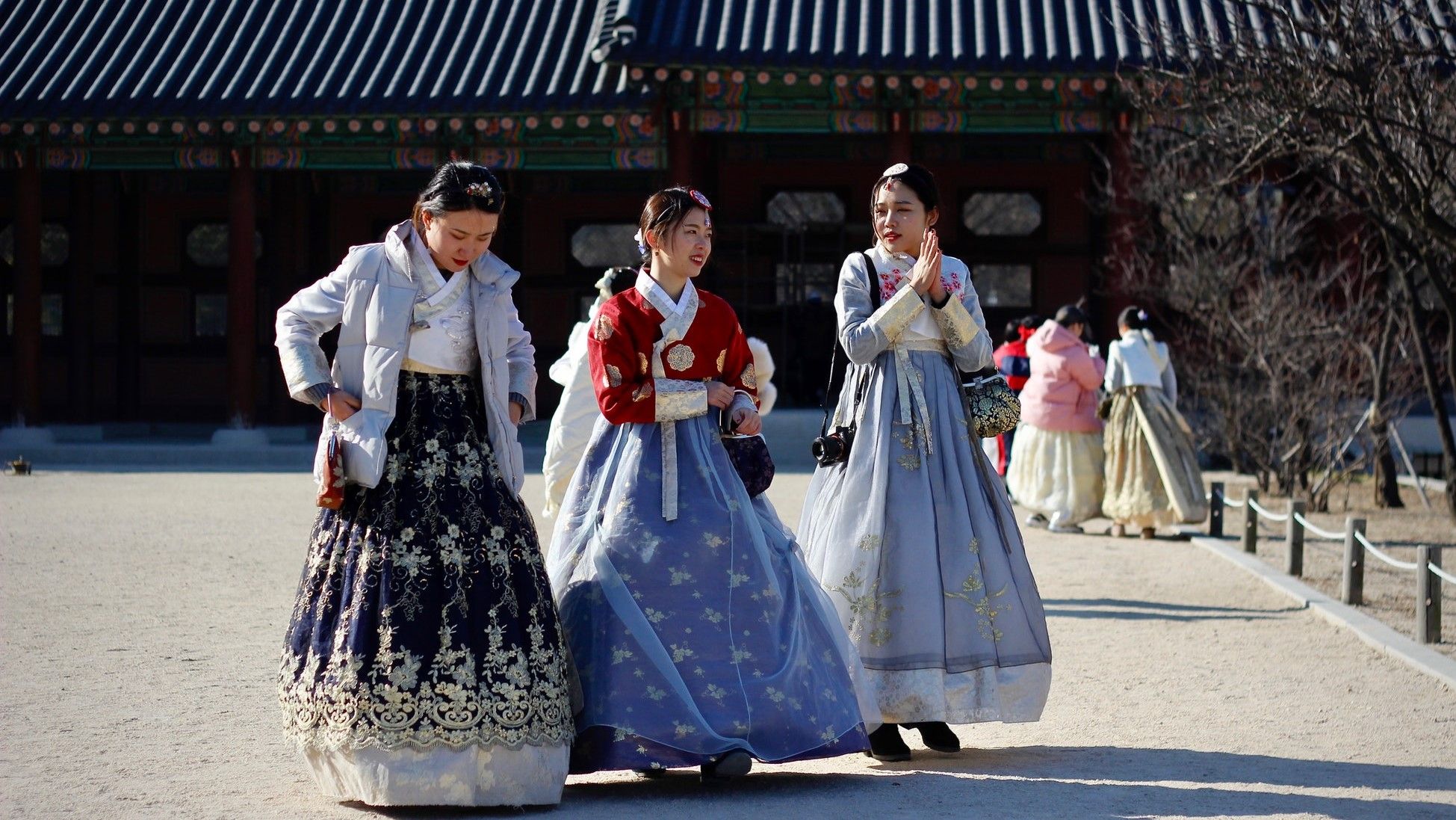Festivities
Chuseok Attire - Hanbok
A Hanbok is Korea's traditional outfit.

Republic of Korea - Flickr
Hanbok: A Timeless Emblem of Korean Culture
Hanbok (한복) is a vibrant and elegant traditional Korean attire that has been an integral part of Korean culture for over 1,600 years. While it has evolved over the centuries, hanbok remains a cherished symbol of Korea's rich heritage and identity.
Historical Significance
Traditionally known as Joseonot (조선옷) in North Korea, hanbok was everyday wear until the early 20th century. The term 'hanbok' translates to 'Korean clothing' and primarily refers to the style prevalent during the Joseon Dynasty (14th-19th century). During this era, hanbok underwent significant transformations, shaping it into the form recognized today.
The materials and colors of hanbok were indicative of social status. Brighter hues and luxurious fabrics were reserved for royalty and the elite, while commoners donned subdued tones and simpler materials.
Modern Adaptations
In contemporary Korea, hanbok is typically worn on special occasions such as weddings, festivals, and traditional ceremonies. However, perceptions of hanbok as being overly traditional and impractical have led to a decline in daily wear. Consequently, many opt to rent hanbok for specific events, though efforts are ongoing to revitalize its presence in modern fashion.
Modern designers have reimagined hanbok by integrating Western elements, such as pockets, buttons, and zippers, enhancing practicality while preserving traditional aesthetics. This fusion has led to the emergence of casual hanbok styles suitable for everyday wear. oai_citation_attribution:0‡nationalclothing.org

Fun Fact
In contemporary times, hanbok is categorized under 'bim' (빔), referring to clothing worn on special occasions in Korea. Notably, 'Seolbim' (설빔) and 'Chuseokbim' (추석빔) denote attire for Seollal (Lunar New Year) and Chuseok, respectively, with hanbok serving as the traditional choice.
Modern interpretations of hanbok frequently grace runways, especially during Hanbok Day on October 21. Designers skillfully blend traditional elements with modern fashion, creating pieces that honor heritage while appealing to contemporary tastes.

Components of Hanbok
-
Women's Hanbok: Typically includes an underskirt beneath the chima (치마), the outer skirt. Traditionally, the chima was wrapped tightly around the chest, but modern versions often feature shoulder straps for added comfort. The jeogori (저고리), a jacket with a ribbon at the chest, is worn on top. Accessories like the binyeo (비녀), used to style hair into a bun, add to the ensemble's elegance.
-
Men's Hanbok: Consists of baji (바지), or trousers, paired with a jeogori jacket. A jokki (vest) and magoja (outer jacket) are modern additions, influenced by Western styles, providing practicality and warmth.
The main distinction between male and female hanbok lies in the details—female hanbok often features intricate patterns and fabrics, while men's designs are more subdued, complemented by overcoats like the po.
Varieties of Hanbok
Beyond traditional variations denoting social classes, hanbok is tailored for specific occasions such as weddings, funerals, and children's celebrations. Weddings prominently showcase hanbok, with designs reflecting the significance of the event. Historically, distinct hanbok styles were designated for royalty, each varying based on the occasion, whether formal ceremonies or daily wear.
Learn more
Royal Hanbok - What Korean Kings and Queens Used to Wear (왕과 왕비가 입었던 한복) - Talk to Me in Korean
The Handsome Hanbok and Where to Buy One in Seoul - Haute Culture Fashion
Why I Wear My Hanbok - Elle Magazine